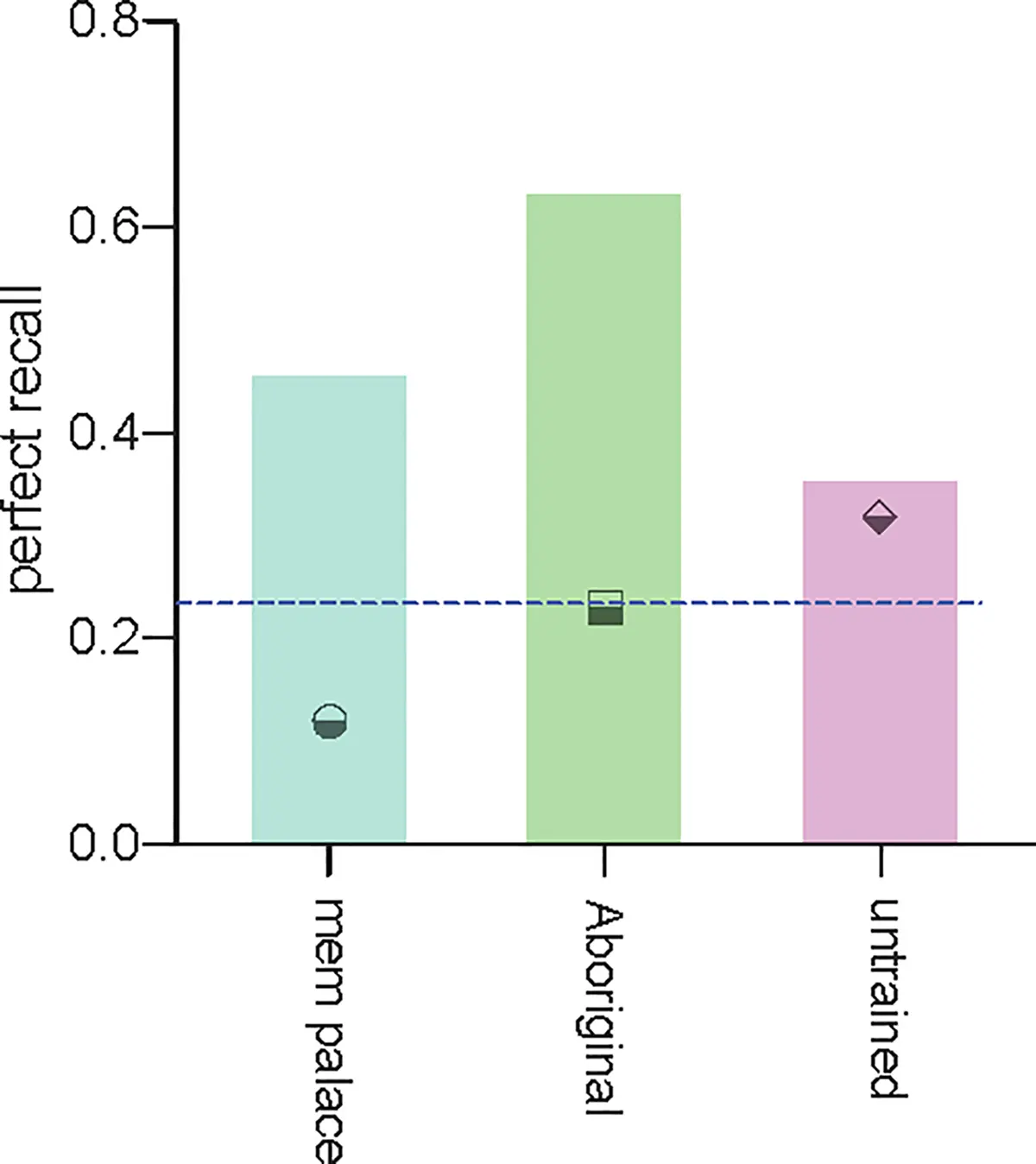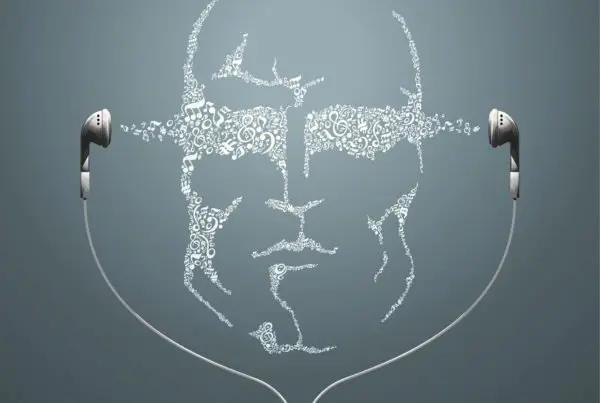What is the Australian Memorization Technique?
Searchable databases may work for other professions, but sales reps need knowledge at their fingertips. That’s why training for pharma sales reps always includes learning technical information. A new study suggests medical students can improve their results by using an ancient memorization technique developed by Australian aboriginals.
This peer-reviewed study was published in May 2021 in PLOS One. It was led by Dr. David Reser from Monash University, Dr. Margaret Simmons from Monash Rural Health, and Dr. Tyson Yunkaporta from Deakin University’s NIKERI Institute. They documented an increase in knowledge retention after explicitly teaching students memorization techniques.
Why Teach Memorization Techniques?
Many people are familiar with the “memory palace” memorization technique from ancient Greece. The memory palace works by connecting information to certain imagined locations and objects (Thomas, 2014).
Australian Aboriginals developed a similar technique that they’ve used for over 50,000 years (Reser et al., 2021). Since they never developed a written system, they became masters at memorization.
Unlike western memorization traditions, Australian Aboriginal societies use stories. Individuals create narratives using local places, animals, plants, and even time (Reser et al., 2021). Then, they practice these stories so they can recall the information rapidly. Stories also allow for modification as the information changes.
Which is Better: the “Memory Palace” or the Australian Aboriginal Technique?
Reser et al. (2021) pitted both of these techniques head-to-head. Turns out that both helped medical students learn the material, but the story-based aboriginal technique increased students’ ability to recall information sequentially. Students were also three-fold more likely to gain perfection using the Australian aboriginal technique.
Why Teach Memorization Techniques?
Wouldn’t it be great if your training made memorization more fun for your sales reps?
Reser et al. (2021) surveyed students to find out how they felt about the ancient memorization techniques. Interestingly, 59% of the medical students found memorizing either neutral or difficult. Yet, 70% of the exact same students rated the memorization tasks in his study as moderately easy or neutral.
This finding suggests memorization techniques make it easier for our brains. Instead of trying to cram information in, we can harness our brains’ love of stories and location for knowledge retention.
Even more importantly, Reser et al. (2021) discovered that 93% strongly agreed with this statement, “Specific memory training as a component of medical education would be worth my while.” You’d probably find that anyone involved with medical sciences feels the same, including sales reps.
Benefits of Memorization Methods for Sales Reps
Engaging sales reps in training is tough. They’re busy taking phone calls or responding to emails. Cutting through the noise has become a challenge.
The aboriginal memorization technique doesn’t only help sales reps with memorization. It also helps keep them engaged in their training in three main ways.
Conclusion
Pearls of wisdom can come from unexpected places.
No one expects cultures thousands of years old to hold the key to knowledge retention. However, it isn’t surprising that the cultures with strong oral traditions would create master memorizers. Luckily, we can use these same techniques to make our own learning easier and more engaging.
At CLD, we pride ourselves on using evidence-based learning techniques. Even though ancient, these memorization techniques proved helpful in medical training.
Schedule a call today to find out how we can help design your next training.






